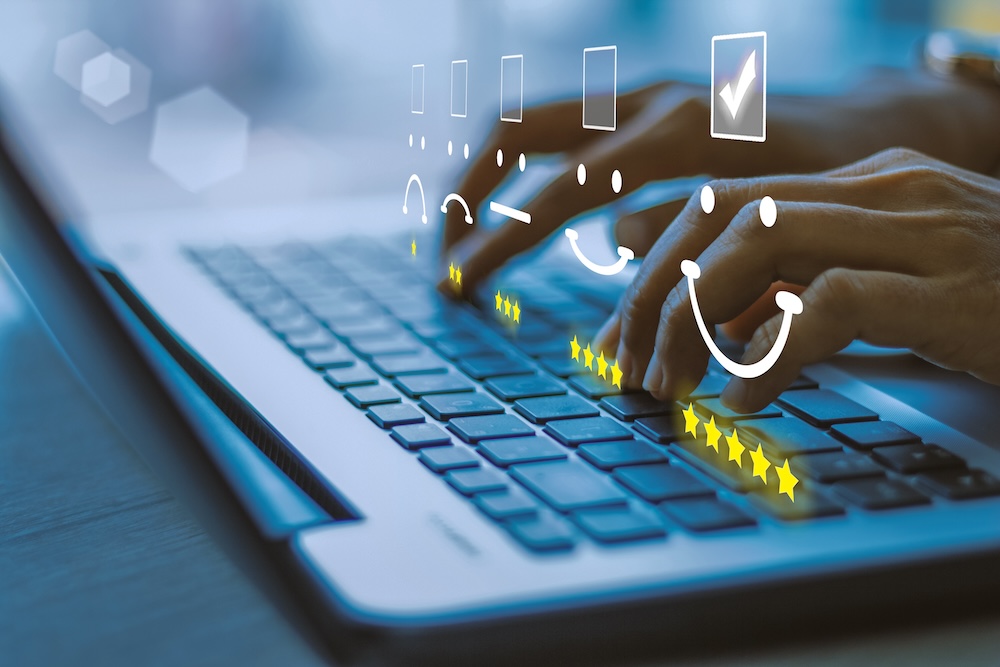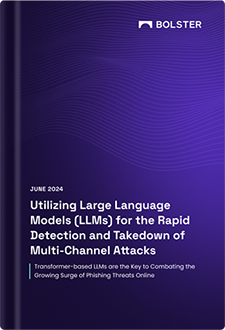Security threats facing organizations are more complex than ever, with cyber threats evolving beyond simple phishing emails and virus-laden attachments. Attackers now use sophisticated tactics like spear-phishing, ransomware, and social engineering, and thus, real-time threat analysis has become essential for businesses to fully-protect their networks, systems, and data from comprimising attacks.
Learn more about malware vs ransomware
Defining Real-Time Threat Analysis
Real-time threat analysis involves the continuous monitoring and assessment of digital activity to detect and respond to cyber threats—as they occur. This process combines automated threat intelligence with human expertise to ensure that malicious activities are quickly identified, categorized, and mitigated.
And the only way that can happen is through constant monitoring, real-time detection, proactive intelligence gathering, and immediate response capabilities.
Real-time monitoring is the foundation of threat analysis, offering organizations the ability to detect malicious behavior early and prevent damage. Unlike traditional security solutions that might only perform periodic scans, real-time threat analysis solutions actively monitor all network traffic, digital assets, and endpoints around the clock.
The Role of Artificial Intelligence in Real-Time Threat Analysis
AI technology has transformed how threat analysis works, making it faster and more accurate. AI can analyze massive amounts of data at speeds that far surpass human capabilities, identifying patterns and anomalies that may indicate a potential threat. Machine learning models enable these systems to improve over time by learning from past incidents and adapting to new tactics used by cybercriminals. This adaptability is crucial in a field where threats constantly evolve.
AI-driven threat analysis systems use advanced algorithms to scan emails, URLs, and network traffic for malicious indicators.
For instance, AI algorithms might examine an email for phishing markers, such as unusual sender addresses, suspicious URLs, or abnormal language patterns, then instantly flag or block the email if it appears malicious. This real-time detection process is vital in preventing phishing scams from reaching end-users.
Furthermore, AI-driven solutions reduce the burden on security teams by automatically filtering out false positives and prioritizing real threats. This ensures that the SOC team can focus on high-risk incidents, improving response times and overall security efficiency.
How SOC Teams Enhance Real-Time Threat Analysis
Just as the case with threat triage, while AI provides powerful automation capabilities, human expertise remains essential in managing cybersecurity. A Security Operations Center (SOC) team is responsible for monitoring alerts, investigating incidents, and responding to threats, bringing context and experience to the analysis process, discerning between genuine threats and benign anomalies.
SOC teams collaborate closely with AI systems to refine detection and response protocols.
For example, when an AI model flags a potential phishing attempt, a SOC analyst may investigate the email further to confirm its legitimacy and determine the appropriate response. This human-AI partnership enhances the accuracy of real-time threat analysis, as SOC teams can adjust the AI’s learning models based on new findings, making the system more effective over time.
Real-Time Monitoring for Digital Risk Protection
As part of an organization’s digital risk protection strategy, real-time threat analysis extends beyond internal systems to monitor for external threats. This includes watching for brand impersonation, malicious domains, and unauthorized use of a company’s digital assets.
A real-time threat analysis system might use a URL finder that continuously scans the web for new phishing sites impersonating the brand and alert the security team if a match is found. This level of vigilance helps businesses protect their reputation and prevent customers from falling victim to scams.
Real-Time Alerting and Response Capabilities
In a real-time threat analysis framework, speed is everything. When a potential threat is detected, the system generates immediate alerts to notify the SOC team. This real-time alerting process enables security personnel to act quickly, stopping threats in their tracks before they can progress.
Alerting is especially valuable in high-stakes situations, such as when a ransomware attack is detected. By quickly responding to the alert, security teams can isolate affected systems and prevent the ransomware from spreading.
In addition to SOC team notifications, many real-time threat analysis systems allow customized alerts to be sent to relevant stakeholders, such as IT administrators or compliance officers. This ensures that everyone who needs to know about the threat is informed and can participate in the response.
Conclusion
Real-time threat analysis is essential for organizations aiming to enhance their cybersecurity defenses. Combining AI-driven automation with the specialized skills of SOC teams, it enables continuous protection against the fast-changing threat landscape.
Real-time monitoring, actionable threat intelligence, and swift response capabilities empower organizations to stay ahead of cybercriminals, tackling threats before they cause harm. As cyber threats grow more sophisticated, real-time threat analysis becomes invaluable for securing digital assets and maintaining brand integrity.
Real-time threat analysis is a key component of Bolster’s AI Security for Email. Contact us with questions or request a demo.






